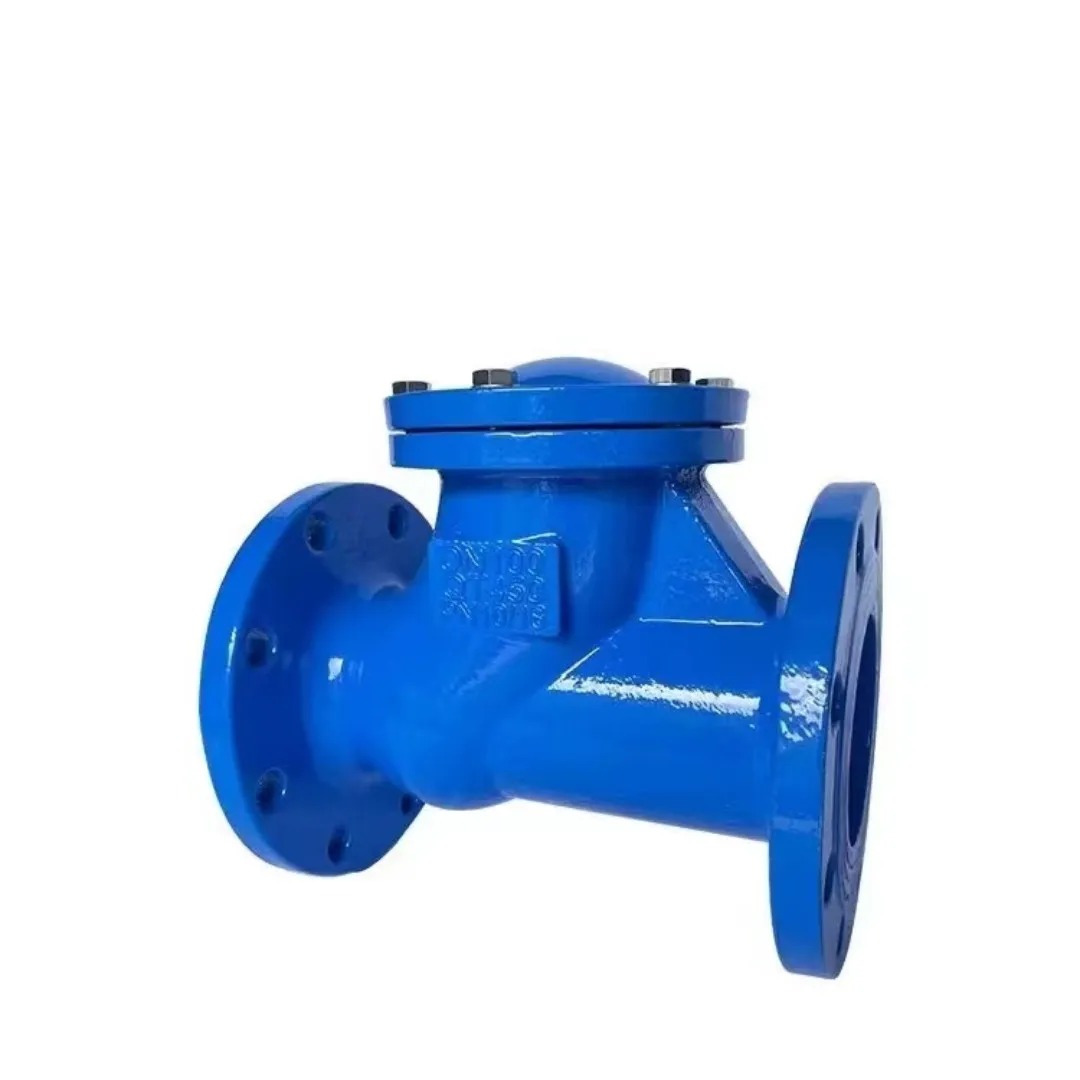horizontal lift check valve
Understanding Horizontal Lift Check Valves
Horizontal lift check valves are crucial components in various fluid systems, designed to prevent backflow while allowing fluid to flow in one direction. These valves are particularly important in applications where gravity is not the primary force, such as in horizontal piping systems. This article gives an overview of horizontal lift check valves, their applications, working principles, and advantages.
Definition and Construction
A horizontal lift check valve generally consists of a valve body, a disk or lift mechanism, a spring, and a seat. When fluid enters the valve from the inlet, it pushes the disc or lift mechanism upwards, allowing fluid to flow through. When the flow reverses, the disc is forced back onto the seat by either the fluid's reverse pressure or the spring, effectively sealing the system and preventing backflow.
The design of the horizontal lift check valve allows it to handle various fluids, including water, oil, and gases, making them versatile for multiple applications. These valves can be made from different materials, such as brass, stainless steel, or plastic, depending on the specific needs of the system.
Applications
Horizontal lift check valves are widely used in many industries, including water treatment plants, chemical processing, HVAC systems, and irrigation. They are particularly beneficial in systems where installation space is limited, as their horizontal design allows for easier integration into existing pipelines.
In the water treatment industry, for example, these valves help prevent the backflow of treated water, ensuring that contaminants do not re-enter the clean water supply. In chemical processing, they provide a safeguard against unwanted backflow, protecting both the chemical solutions and the integrity of the processing equipment.
horizontal lift check valve

Working Principle
The working principle of a horizontal lift check valve is relatively straightforward. When the fluid flows in the intended direction, the force exerted by the fluid lifts the disk away from the seating area, enabling flow through the valve. This is an essential feature that allows the system to operate efficiently.
When the fluid flow ceases or reverses, the disk lowers back onto the seat, either due to gravity or the spring's force. This mechanism effectively prevents backflow, thereby safeguarding the downstream system from potential contamination or pressure issues.
Advantages
One of the major advantages of horizontal lift check valves is their ability to operate effectively in horizontal applications. Unlike traditional check valves, which may require vertical installation, horizontal lift check valves offer flexibility in installation, making them suitable for a wider range of piping configurations.
Additionally, these valves tend to have lower pressure drops compared to other types of check valves. This means that they do not significantly impede fluid flow, contributing to system efficiency. Regular maintenance is also simplified with horizontal lift check valves, as they can often be inspected and serviced without requiring complete system disassembly.
Conclusion
In summary, horizontal lift check valves play a vital role in ensuring the smooth operation of fluid systems across various industries. Their unique design, which accommodates horizontal installation, combined with their ability to prevent backflow, makes them an essential component in many applications. By understanding their construction, working principles, and advantages, engineers and system designers can make informed decisions about incorporating horizontal lift check valves into fluid management systems, thereby enhancing reliability and operational efficiency.
-
The Key to Fluid Control: Exploring the Advantages of Ball Valves in Industrial SystemsNewsJul.09,2025
-
The Versatile World of 1, 2, and 3 Piece Ball ValvesNewsJul.09,2025
-
Stainless Steel Ball Valves: The Ideal Choice for Efficient Flow ControlNewsJul.09,2025
-
Optimizing Fluid Control with Ball Float ValvesNewsJul.09,2025
-
Manual Gate Valves: Essential for Control and EfficiencyNewsJul.09,2025
-
Everything You Need to Know About Butterfly ValvesNewsJul.09,2025
-
The Versatility of Wafer Type Butterfly ValvesNewsJul.08,2025




